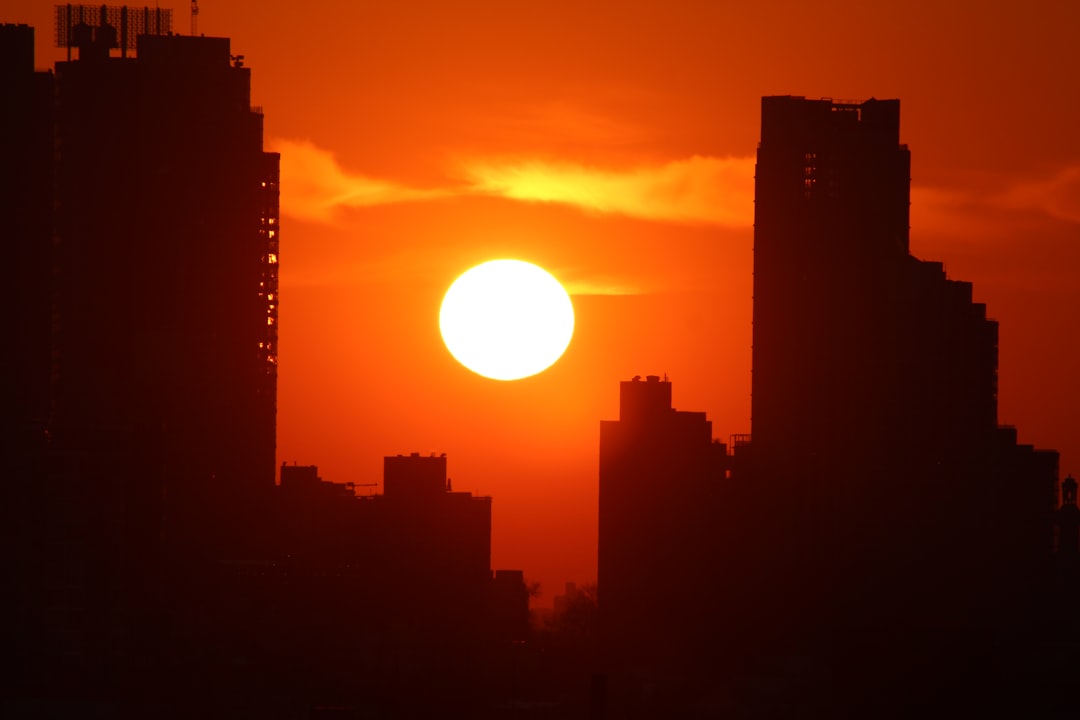“`html
Global Heatwaves: A Planet Under Pressure
We’re living through a period of unprecedented heat. Across the globe, record temperatures are being shattered, and heatwaves are becoming more frequent and intense. From Southern Europe scorching under relentless sun to Asia battling extreme humidity, the pattern is clear: our planet is heating up, and the consequences are already devastating.
Why Are We Seeing These Extreme Heatwaves?
The primary driver behind this alarming trend is undoubtedly climate change. The burning of fossil fuels like coal, oil, and gas releases greenhouse gases into the atmosphere, trapping heat and causing a gradual increase in global temperatures. Think of it like wrapping a thicker blanket around the Earth – the more greenhouse gases, the warmer we get. This isn’t just a theoretical problem; it’s translating into real-world impacts in the form of prolonged and amplified heatwaves.
While climate change sets the stage, other factors can exacerbate heatwaves. These include:
- El Niño: This natural climate pattern in the Pacific Ocean can temporarily boost global temperatures, contributing to warmer conditions.
- Urban Heat Island Effect: Cities, with their abundance of concrete and asphalt, absorb and retain more heat than rural areas, making urban centers significantly hotter.
- Atmospheric Blocking Patterns: Stagnant high-pressure systems can trap heat and prevent cooler air from moving in, leading to prolonged heatwaves.
The Devastating Impact of Record-Breaking Temperatures
The consequences of these extreme heatwaves are far-reaching and impact almost every aspect of our lives. Let’s break down some of the most critical areas affected:
Human Health:
- Heatstroke and Heat Exhaustion: Prolonged exposure to high temperatures can overwhelm the body’s cooling mechanisms, leading to serious health problems, even death. Vulnerable populations, such as the elderly, children, and those with pre-existing health conditions, are particularly at risk. The World Health Organization (WHO) provides valuable resources on protecting yourself from heat-related illnesses.
- Cardiovascular and Respiratory Problems: High temperatures can put strain on the heart and lungs, exacerbating existing conditions and increasing the risk of heart attacks and respiratory distress.
- Increased Mortality Rates: Heatwaves often lead to a significant increase in the number of deaths, particularly among vulnerable populations.
Agriculture and Food Security:
- Crop Failures: Extreme heat can damage crops, leading to reduced yields and potential food shortages. Certain crops are more susceptible to heat stress than others.
- Livestock Stress: High temperatures can negatively impact livestock, reducing milk production, egg laying, and even causing death.
- Water Scarcity: Heatwaves often coincide with droughts, further exacerbating water scarcity and impacting agricultural production.
Ecosystems and Wildlife:
- Wildfires: Dry conditions and high temperatures create ideal conditions for wildfires to ignite and spread rapidly, destroying forests, habitats, and even communities. You can track global wildfires using resources like NASA’s Fire Information for Resource Management System (FIRMS).
- Habitat Loss: Extreme heat can alter habitats, making them unsuitable for certain species. This can lead to displacement, migration, and even extinction.
- Marine Heatwaves: Ocean temperatures are also rising, leading to marine heatwaves that can damage coral reefs, disrupt marine ecosystems, and impact fisheries.
Infrastructure and Economy:
- Power Grid Strain: Increased demand for electricity during heatwaves can strain power grids, leading to blackouts and disruptions.
- Infrastructure Damage: Extreme heat can damage roads, railways, and other infrastructure, requiring costly repairs.
- Economic Losses: Heatwaves can lead to significant economic losses due to reduced agricultural production, increased healthcare costs, and infrastructure damage.
What Does the Future Hold? A Troubling Outlook
Unfortunately, the current trend of increasing heatwaves is projected to continue, and even worsen, in the coming decades. Unless we take significant action to reduce greenhouse gas emissions, we can expect to see:
- More Frequent Heatwaves: Heatwaves that used to occur once every few decades could become annual events.
- More Intense Heatwaves: Record temperatures will continue to be broken, and heatwaves will reach even higher levels of intensity.
- Longer-Lasting Heatwaves: Heatwaves will persist for longer periods, increasing the risk of heat-related illnesses and other impacts.
- Expansion of Affected Areas: Regions that have historically been less prone to heatwaves could become increasingly vulnerable.
This grim outlook underscores the urgent need for action. We need to:
- Reduce Greenhouse Gas Emissions: Transitioning to renewable energy sources, improving energy efficiency, and reducing deforestation are crucial steps in mitigating climate change.
- Adapt to the Changing Climate: Implementing measures such as developing heat action plans, improving infrastructure resilience, and promoting water conservation can help us adapt to the increasing frequency and intensity of heatwaves.
- Raise Awareness: Educating the public about the risks of heatwaves and promoting protective measures can help reduce the impact on vulnerable populations.
The fight against climate change and the mitigation of extreme weather events like heatwaves is not just an environmental issue; it’s a matter of public health, economic stability, and global security. We must act decisively and collectively to protect our planet and ensure a sustainable future for all.
“`

